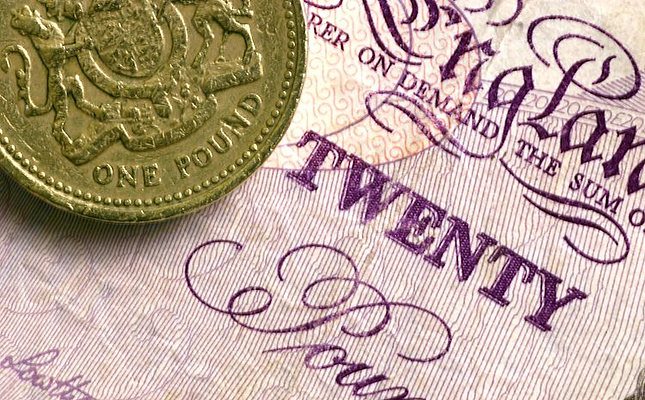Canadian Dollar stands weak after local GDP figures
- USD/CAD regains footing as anticipation for another Bank of Canada interest rate cut mounts due to flat economic growth in August.
- US PCE core inflation remains at 2.7% in October, slightly above market expectations.
- US Initial Jobless Claims fell to 216K in the week ending October 25, below the market’s consensus.
The USD/CAD pair gained traction on Thursday, rising by 0.15% to 1.3920. This uptick came as markets digest the United States Personal Consumption Expenditures (PCE) Price Index from September and weekly US Jobless Claims unexpectedly fell.
The Canadian Dollar (CAD) remains under pressure following the Bank of Canada's (BoC) decision to aggressively cut interest rates by 50 basis points (bps) to 3.75%, a larger-than-expected move. The market anticipates further policy easing by the BoC at its next meeting in December, contributing to the CAD's weakness. The dovish bet also rose due to soft Canadian Gross Domestic Product (GDP) data released on Thursday.
Daily digest market movers: CAD weak due to soft GDP figures
- Flat economic performance in Canada, with GDP remaining stagnant in August and growing by a mere 0.1% in July, weighs on the Canadian Dollar .
- Subdued economic growth in Canada is expected to prompt the BoC to lower interest rates again in December.
- On the US front, the US PCE grew at a steady 2.1% yearly pace in October, down from September's 2.2%.
- Core inflation was maintained at 2.7%, above the market consensus expectation of 2.6%.
- US Jobless Claims unexpectedly fell to 216K in the week of October 25, indicating a robust labor market. 230K was expected.
- For Friday, economists estimate a modest 113K job creation figure in the October Nonfarm Payrolls number, lower than the previous month's 254K.
- The Unemployment Rate is projected to remain steady at 4.1%.
USD/CAD technical outlook: Pair trades sideways with bullish bias
The USD/CAD is trading sideways with a slightly bullish bias. The Relative Strength Index (RSI) is at 76, in the overbought area, suggesting that buying pressure is intense. The Moving Average Convergence Divergence (MACD) is flat, suggesting that buying pressure is taking a breather. This combination of signals indicates that the pair is poised to consolidate in the next several sessions.
GDP FAQs
A country’s Gross Domestic Product (GDP) measures the rate of growth of its economy over a given period of time, usually a quarter. The most reliable figures are those that compare GDP to the previous quarter e.g Q2 of 2023 vs Q1 of 2023, or to the same period in the previous year, e.g Q2 of 2023 vs Q2 of 2022. Annualized quarterly GDP figures extrapolate the growth rate of the quarter as if it were constant for the rest of the year. These can be misleading, however, if temporary shocks impact growth in one quarter but are unlikely to last all year – such as happened in the first quarter of 2020 at the outbreak of the covid pandemic, when growth plummeted.
A higher GDP result is generally positive for a nation’s currency as it reflects a growing economy, which is more likely to produce goods and services that can be exported, as well as attracting higher foreign investment. By the same token, when GDP falls it is usually negative for the currency. When an economy grows people tend to spend more, which leads to inflation. The country’s central bank then has to put up interest rates to combat the inflation with the side effect of attracting more capital inflows from global investors, thus helping the local currency appreciate.
When an economy grows and GDP is rising, people tend to spend more which leads to inflation. The country’s central bank then has to put up interest rates to combat the inflation. Higher interest rates are negative for Gold because they increase the opportunity-cost of holding Gold versus placing the money in a cash deposit account. Therefore, a higher GDP growth rate is usually a bearish factor for Gold price.
Forex News
Keep up with the financial markets, know what's happening and what is affecting the markets with our latest market updates. Analyze market movers, trends and build your trading strategies accordingly.



















